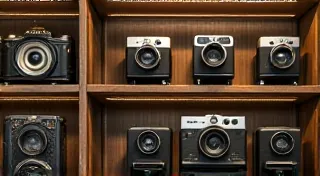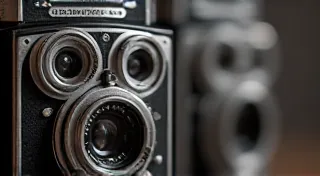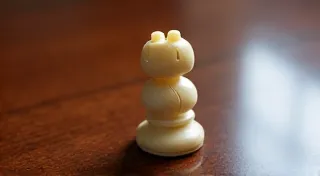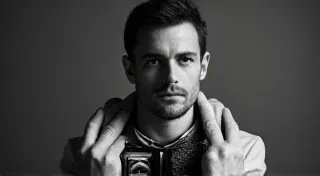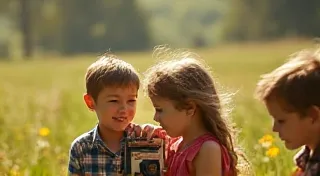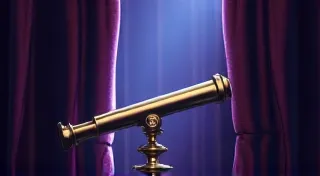The Stereo Camera: Capturing Depth in Early Photography
The mid-20th century witnessed a surge in technological innovation, and photography was no exception. While color photography was gaining traction, a different kind of photographic novelty emerged: the stereo camera. These fascinating devices allowed photographers and viewers to experience a sense of depth previously unavailable in still images – effectively creating a primitive form of 3D photography. This article delves into the history and function of these cameras, and their place in the vibrant landscape of vintage cameras.
The Dawn of Stereoscopic Photography
The concept of stereoscopic photography wasn’t born in the 1950s and 60s. Its roots lie much earlier, with Sir Charles Wheatstone's invention of the stereoscope in 1838. He demonstrated that by presenting slightly different images to each eye, a three-dimensional effect could be achieved. Initially, these stereoscopic views were constructed from two separate photographs, viewed through the stereoscope device. The development of cameras specifically designed to capture two images simultaneously, therefore creating a true stereo photograph, was a significant leap.
Early attempts at creating stereo cameras were often complex and cumbersome. However, the desire to offer a more immersive photographic experience fuelled innovation, particularly in the burgeoning fields of entertainment and novelty. The underlying principles weren't entirely new; they were building upon scientific discoveries related to human vision and perception. Understanding how our brains interpret depth cues is crucial to appreciating the development of stereo photography.
The Stereo Camera Boom: 1950s & 60s
The 1950s and 1960s saw a significant boom in the popularity of stereo cameras. Several manufacturers, most notably Kodak, offered relatively affordable and user-friendly models. Kodak's Brownie Stereo cameras, for instance, were hugely successful, putting the ability to create 3D photographs within reach of the average consumer. Other prominent brands included Fujica, Realist, and Nostalgia. The period itself was a golden age for photographic innovation, coinciding with advancements in film technology and a growing consumer market eager for new experiences.
These cameras typically employed a twin-lens design, with two lenses positioned side-by-side. Each lens captured a slightly different perspective of the scene, mimicking the way our eyes perceive depth. The resulting images were printed on special mounts, designed to be viewed through a simple cardboard viewer, offering the illusion of three-dimensionality. This shift towards accessible and user-friendly cameras was a pivotal moment, mirroring the broader changes happening in the world of photography. For those interested in exploring other shifts in photographic history, it's fascinating to examine the rise of 35mm cameras, another transformative development.
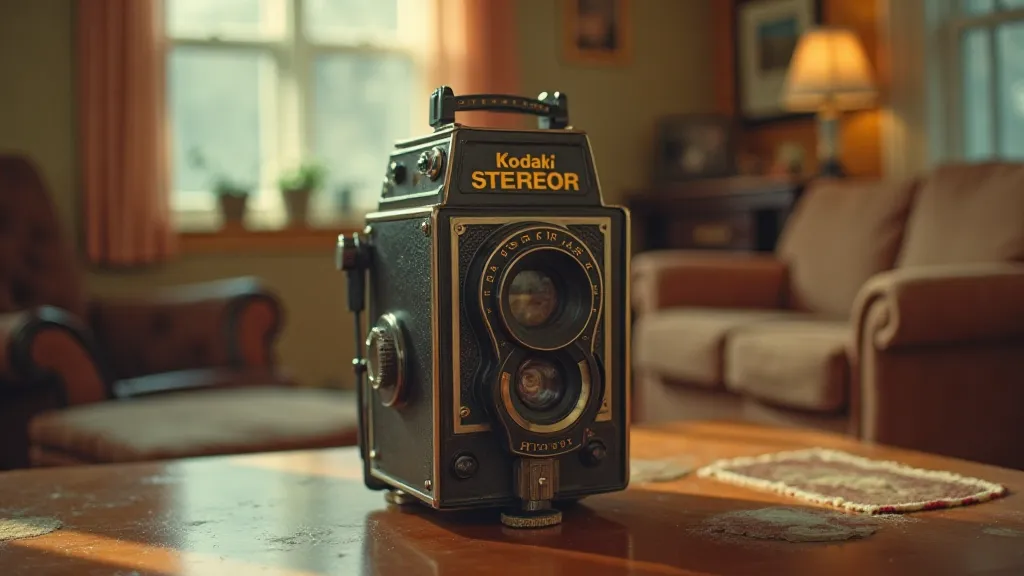
How They Worked: A Technical Glance
The basic principle behind a stereo camera is quite straightforward. The twin lenses are carefully aligned to ensure they capture images with a precise baseline separation – the distance between the lenses. This baseline is crucial for creating the parallax necessary for the 3D effect. The focal lengths of the lenses also play a role in determining the depth of field and the overall quality of the stereo image. The result is two nearly identical images, offset just slightly. The mechanics involved were often intricate, requiring precision engineering to ensure accurate alignment and consistent image capture.
The viewfinder of these cameras typically showed a single composite image, giving the photographer a general idea of the scene composition. The photographic process was simpler than modern 3D photography, but required careful attention to focus and lighting to achieve the best results. A key element was understanding the interaction between the lenses and the film – a topic that delves into the broader world of understanding camera shutters and their various mechanisms.
The Decline and Legacy
The craze for stereo cameras eventually subsided in the late 1960s and early 1970s. Several factors contributed to their decline, including the rise of easier-to-use single-lens reflex (SLR) cameras, the increasing availability of color photography, and the emergence of more sophisticated entertainment options like television. The ease of use and versatility offered by SLRs made them a more attractive option for many photographers.
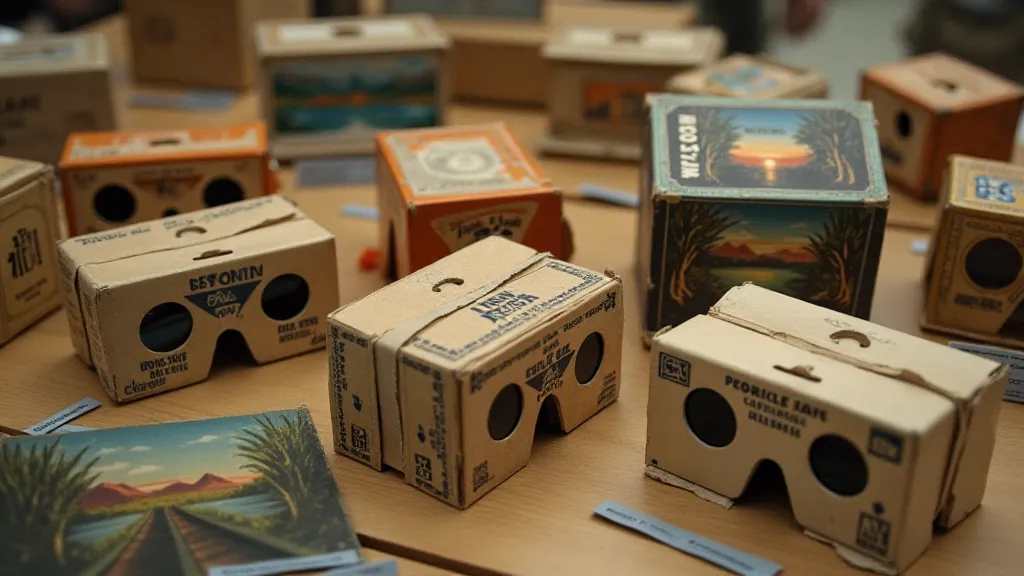
Despite their relatively short period of popularity, stereo cameras left a unique mark on photography history. They represent an intriguing experiment in visual perception and a fascinating example of mid-century innovation. The desire to recreate that sense of dimensionality also influenced later developments in imaging technology.
Collecting Stereo Cameras
For those interested in camera collecting, vintage stereo cameras offer a rewarding and relatively accessible niche. Kodak Brownie Stereo cameras are generally the most common and affordable, while models from brands like Realist and Fujica command higher prices. Condition, rarity, and original packaging all influence value. The collecting hobby itself is broad, and finding accessible entry points, as with these cameras, is a good place to start. If you’re on a budget, exploring options like vintage stereo cameras is a great alternative to more expensive collectibles, similar to the principles outlined in collecting vintage cameras on a budget.
These cameras aren't just collectibles; they offer a chance to recreate the experience of early 3D photography, a truly unique window into the past. The simple act of viewing a vintage stereo card, feeling the depth and dimensionality of the image, connects us to a moment in time when photography was still pushing the boundaries of visual experience. It's a chance to step back in time and appreciate the ingenuity of the engineers and photographers who pioneered this unique photographic technique.
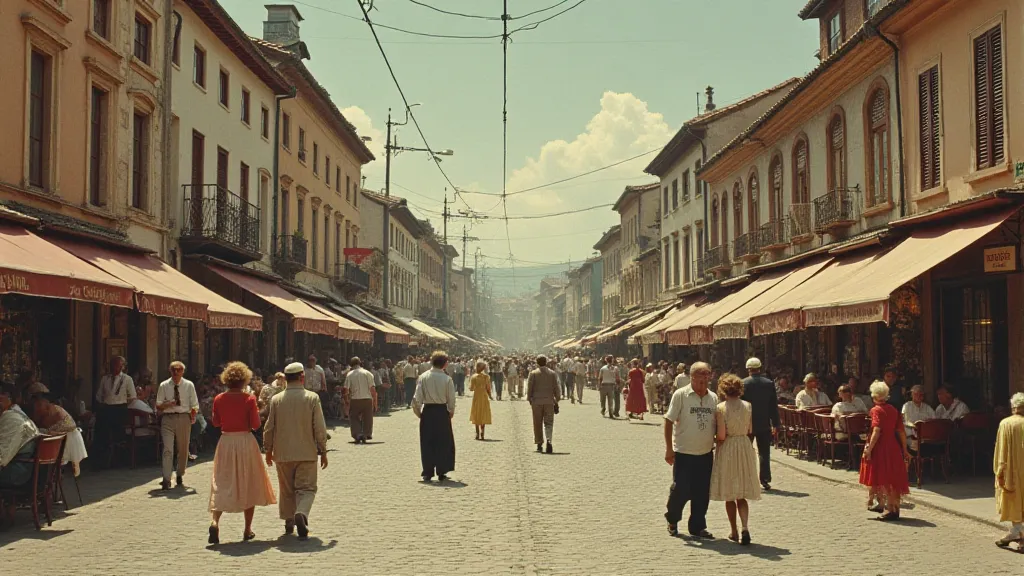
Beyond the Cameras: The World of Stereo Viewing
The stereo cameras themselves were only half the equation. The entire experience revolved around the accompanying viewers and the stereo cards that were produced. These cards were often beautifully produced, depicting scenes ranging from travel destinations to portraits of famous people. The quality of the printing and the overall presentation were crucial to the immersive experience. The production of these cards involved intricate processes, from the original photography to the printing and mounting of the images.
The Influence on Later Technologies
While the popularity of stereo cameras waned, the principles behind them didn’t disappear. They laid the groundwork for later developments in 3D technology, influencing everything from movie production to virtual reality. The quest to recreate a sense of depth and immersion in visual media continues to be a driving force in innovation. The lessons learned from the stereo cameras contributed significantly to the field of immersive visual experiences that we enjoy today.
Resources for Further Exploration
For those keen to delve deeper into the world of stereo photography, a number of resources are available. Online forums and communities dedicated to vintage cameras provide valuable information and opportunities to connect with fellow enthusiasts. Museums and historical societies often have collections of stereo cameras and related materials. And of course, the internet offers a wealth of information, from technical specifications to historical accounts.
